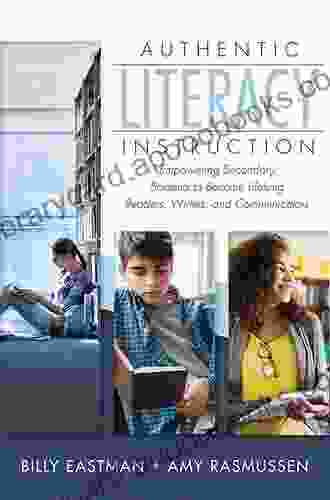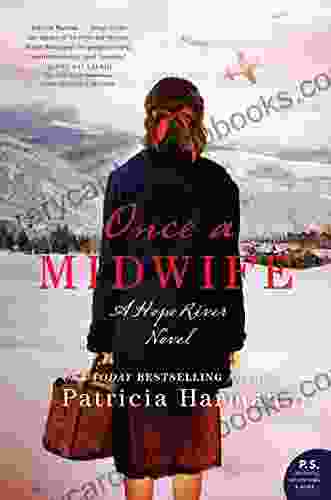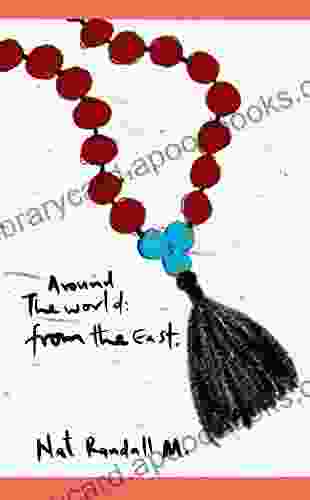Empowering Secondary Students To Become Lifelong Readers, Writers, And Thinkers: A Comprehensive Guide

In the rapidly evolving world of the 21st century, literacy is more crucial than ever before. Secondary students need to be equipped with the skills and knowledge to navigate an increasingly complex and information-driven society. This means not only being able to read and write but also to think critically, communicate effectively, and solve problems creatively.
Unfortunately, many secondary students struggle with literacy. According to the National Assessment of Educational Progress (NAEP),only 35% of 12th graders are proficient in reading and 31% are proficient in writing. This is a serious problem, as low literacy levels can have a devastating impact on students' academic success, career prospects, and overall quality of life.
5 out of 5
| Language | : | English |
| File size | : | 6040 KB |
| Text-to-Speech | : | Enabled |
| Screen Reader | : | Supported |
| Enhanced typesetting | : | Enabled |
| Word Wise | : | Enabled |
| Print length | : | 161 pages |
However, there is hope. Research has shown that there are a number of effective strategies that can be used to improve students' literacy skills. These strategies include:
- Providing students with access to high-quality texts
- Creating opportunities for students to read and write for real-world purposes
- Teaching students how to think critically about what they read and write
- Providing students with feedback on their reading and writing
This article will provide a comprehensive guide to empowering secondary students to become lifelong readers, writers, and thinkers. We will explore a range of strategies and techniques that can be used to foster their literacy skills, critical thinking, and creativity.
Strategies for Empowering Secondary Students as Readers
One of the most important things we can do to empower secondary students as readers is to provide them with access to high-quality texts. This means texts that are engaging, relevant, and challenging. It also means texts that represent a variety of genres and perspectives.
When students have access to high-quality texts, they are more likely to be motivated to read. They are also more likely to develop a deep understanding of the reading process and to become lifelong readers.
Here are some tips for providing students with access to high-quality texts:
- Build a classroom library that is stocked with a wide variety of texts.
- Encourage students to read outside of class.
- Provide students with access to online resources that offer a variety of texts.
In addition to providing access to high-quality texts, another important strategy for empowering secondary students as readers is to create opportunities for them to read for real-world purposes.
When students read for real-world purposes, they are more likely to see the value of reading and to develop a lifelong love of reading. Here are some examples of real-world reading activities:
- Reading to learn about a new topic
- Reading to complete a research project
- Reading to write a report or essay
- Reading to prepare for a test
- Reading to stay informed about current events
Finally, it is important to teach students how to think critically about what they read. This means helping them to identify the main idea of a text, to analyze the author's purpose, and to evaluate the evidence that the author presents.
There are a number of strategies and techniques that can be used for this purpose, such as:
- Asking students questions about the text
- Encouraging students to discuss the text with their peers
- Providing students with feedback on their reading
Strategies For Empowering Secondary Students As Writers
In addition to empowering students as readers, it is also important to empower them as writers. Writing is a powerful tool for communication, learning, and creativity. When students are able to write effectively, they are able to express themselves more clearly, to think more critically, and to solve problems more effectively.
There are a number of things that we can do to empower secondary students as writers. Here are a few suggestions:
- Provide students with opportunities to write for real-world purposes.
- Teach students the basics of writing, including grammar, punctuation, and mechanics.
- Provide students with feedback on their writing.
- Create a supportive and encouraging writing environment.
One of the most important things we can do to empower secondary students as writers is to provide them with opportunities to write for real-world purposes. When students write for real-world purposes, they are more likely to see the value of writing and to develop a lifelong love of writing.
Here are some examples of real-world writing activities:
- Writing a letter to a friend or family member
- Writing a resume or cover letter
- Writing a report or essay
- Writing a poem or short story
- Writing a blog post or article
Another important strategy for empowering secondary students as writers is to teach them the basics of writing, including grammar, punctuation, and mechanics. This will help them to write more effectively and to communicate their ideas more clearly.
Finally, it is important to provide students with feedback on their writing. This will help them to identify areas where they can improve their writing skills.
Strategies for Developing Thinking Skills
In addition to empowering students as readers and writers, it is also important to develop their critical thinking skills. Critical thinking is the ability to think clearly and rationally about what to do or what to believe. It involves the ability to analyze information, identify biases, and evaluate evidence.
Critical thinking skills are essential for success in school, work, and life. They help us to make informed decisions, solve problems, and communicate our ideas effectively.
There are a number of things we can do to develop critical thinking skills in secondary students. Here are a few suggestions:
- Encourage students to ask questions.
- Teach students how to analyze information.
- Help students to identify biases.
- Provide students with opportunities to evaluate evidence.
One of the best ways to encourage students to ask questions is to model this behavior yourself. When you are reading a text or listening to a lecture, ask yourself questions about the content. This will help you to understand the material more deeply and to identify areas where you need more information.
You can also teach students how to analyze information by providing them with a framework for ng so. For example, you can teach them to identify the main idea of a text, to identify the supporting details, and to evaluate the evidence that is presented.
It is also important to help students to identify biases. Biases are beliefs or opinions that are not based on evidence. They can lead us to make unfair or inaccurate judgments.
You can help students to identify biases by teaching them about the different types of biases and by providing them with opportunities to practice identifying biases in texts.
Finally, it is important to provide students with opportunities to evaluate evidence. This will help them to develop the skills they need to make informed decisions.
You can provide students with opportunities to evaluate evidence by asking them to write essays, to participate in debates, and to complete research projects.
By implementing these strategies, we can empower secondary students to become lifelong readers, writers, and thinkers. These skills are essential for success in school, work, and life. By providing students with the opportunities and support they need to develop these skills, we can help them to reach their full potential.
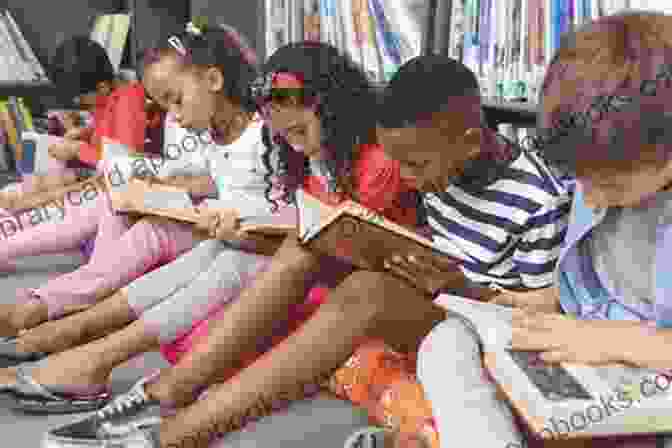
Literacy is more important than ever before in the 21st century. Secondary students need to be equipped with the skills and knowledge to navigate an increasingly complex and information-driven society. This means not only being able to read and write but also to think critically, communicate effectively, and solve problems creatively.
The strategies and techniques outlined in this article can be used to empower secondary students to become lifelong readers, writers, and thinkers. By providing students with access to high-quality texts, creating opportunities for them to read and write for real-world purposes, teaching them how to think critically about what they read and write, and providing them with feedback
5 out of 5
| Language | : | English |
| File size | : | 6040 KB |
| Text-to-Speech | : | Enabled |
| Screen Reader | : | Supported |
| Enhanced typesetting | : | Enabled |
| Word Wise | : | Enabled |
| Print length | : | 161 pages |
Do you want to contribute by writing guest posts on this blog?
Please contact us and send us a resume of previous articles that you have written.
 Book
Book Novel
Novel Page
Page Chapter
Chapter Text
Text Story
Story Genre
Genre Reader
Reader Library
Library Paperback
Paperback E-book
E-book Magazine
Magazine Newspaper
Newspaper Paragraph
Paragraph Sentence
Sentence Bookmark
Bookmark Shelf
Shelf Glossary
Glossary Bibliography
Bibliography Foreword
Foreword Preface
Preface Synopsis
Synopsis Annotation
Annotation Footnote
Footnote Manuscript
Manuscript Scroll
Scroll Codex
Codex Tome
Tome Bestseller
Bestseller Classics
Classics Library card
Library card Narrative
Narrative Biography
Biography Autobiography
Autobiography Memoir
Memoir Reference
Reference Encyclopedia
Encyclopedia Juliette Cunliffe
Juliette Cunliffe Amber Adams
Amber Adams Stacey Marie Brown
Stacey Marie Brown Amy Pflueger
Amy Pflueger Sidney Bristol
Sidney Bristol Wendy Walsh
Wendy Walsh Amanda Hodges
Amanda Hodges Amelia Shaw
Amelia Shaw John Hope Bryant
John Hope Bryant James Reed
James Reed M Culler
M Culler Amanda Murphy
Amanda Murphy Jane Kingsley Smith
Jane Kingsley Smith Nicholas Sansbury Smith
Nicholas Sansbury Smith Phyllis T Smith
Phyllis T Smith John A Kaufman
John A Kaufman Lea Hart
Lea Hart Roosh V
Roosh V Dave Mason
Dave Mason Martin Bernal
Martin Bernal
Light bulbAdvertise smarter! Our strategic ad space ensures maximum exposure. Reserve your spot today!

 Jonathan Hayes"Dog Anatomy Veterinary Physiology Workbook For Vet Nurses And Students 11...
Jonathan Hayes"Dog Anatomy Veterinary Physiology Workbook For Vet Nurses And Students 11... Hector BlairFollow ·18.5k
Hector BlairFollow ·18.5k Winston HayesFollow ·4.2k
Winston HayesFollow ·4.2k Ron BlairFollow ·19k
Ron BlairFollow ·19k Glenn HayesFollow ·4.4k
Glenn HayesFollow ·4.4k Ethan GrayFollow ·19.3k
Ethan GrayFollow ·19.3k Miguel de CervantesFollow ·4.5k
Miguel de CervantesFollow ·4.5k Ross NelsonFollow ·2.9k
Ross NelsonFollow ·2.9k Brandon CoxFollow ·13.9k
Brandon CoxFollow ·13.9k

 Roald Dahl
Roald DahlImmerse Yourself in a Mesmerizing Tapestry of Creativity:...
Prepare to be captivated by "Spectra," an...
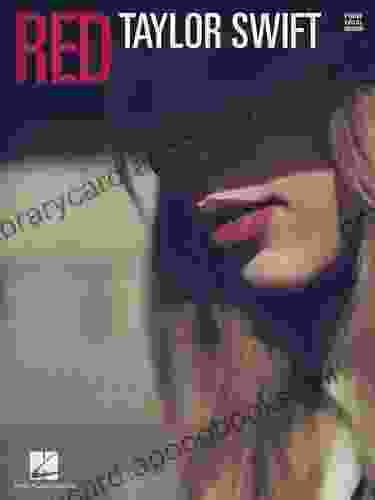
 Clarence Brooks
Clarence BrooksUnleash Your Inner Taylor with Red Piano Vocal Guitar:...
Embrace the Red Era...
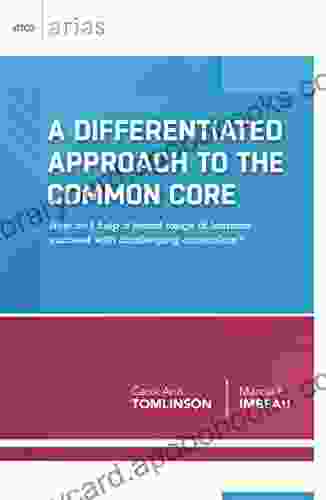
 Jeffrey Hayes
Jeffrey HayesUnlock Your Child's Academic Potential: A Comprehensive...
In today's rapidly changing...
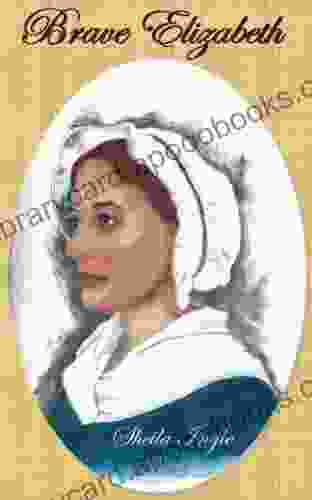
 William Golding
William GoldingBrave Elizabeth: A Captivating Tale of Resilience and...
Immerse Yourself in a Riveting Historical...
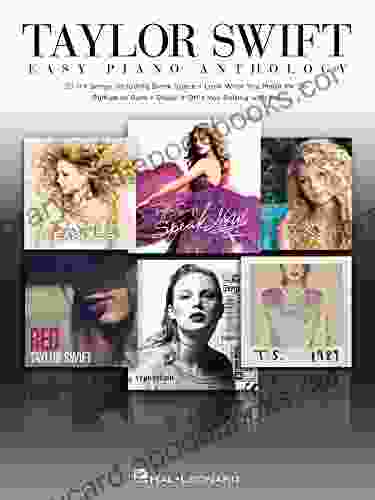
 Curtis Stewart
Curtis StewartUnveiling the Heartfelt Melodies of Taylor Swift: A...
Step into the enchanting world of Taylor...
5 out of 5
| Language | : | English |
| File size | : | 6040 KB |
| Text-to-Speech | : | Enabled |
| Screen Reader | : | Supported |
| Enhanced typesetting | : | Enabled |
| Word Wise | : | Enabled |
| Print length | : | 161 pages |


